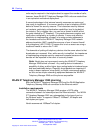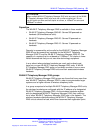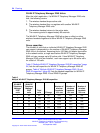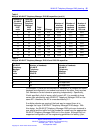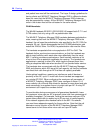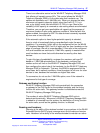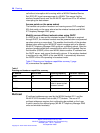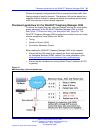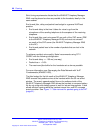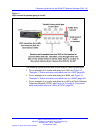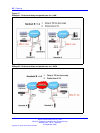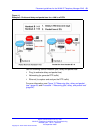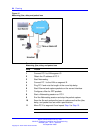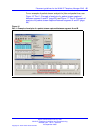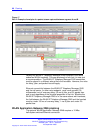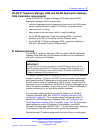
60 Planning
Strict timing requirements dictate that the WLAN IP Telephony Manager
2245 must be placed as close as possible to the handsets, ideally in the
same subnet.
End-to-end jitter, delay and packet loss budget is a general VoIP best
practice:
• End-to-end delay is the time it takes for voice to go from the
microphone of the sending telephone to the earpiece of the receiving
telephone.
•
End-to-end jitter must not exceed 30 ms north of the SVP server (PBX
to the WLAN IP Telephony Manager 2245) and must not exceed 1
ms south of the SVP server (the WLAN IP Telephony Manager 2245
to the AP).
• End-to-end packet loss is the number of packets that are lost in the
network.
To achieve excellent voice quality, Nortel recommends using G711
CODEC with the following configuration:
• End-to-end delay < = 150 ms (one way)
•
Packet loss < = 0.5%
•
The maximum jitter buffer for the handsets set as low as possible.
For more information, see Converging the Data Network with VoIP
Fundamentals (NN43001-260),.
The jitter budget for the link south of the WLAN IP Telephony Manager
2245 ensures that packets arrive at the handset within the 30 ms arrival
window. The evenly spaced packet flow on the outbound side of the
WLAN IP Telephony Manager 2245 allows the handset to conserve battery
life by not using extra battery power to wait for late arriving packets. It also
allows efficient roaming while the handset moves from one AP coverage
area to another. See Figure 11 "Jitter removal for packets going to the AP"
(page 61).
Nortel Communication Server 1000
WLAN IP Telephony Installation and Commissioning
NN43001-504 03.04 Standard
23 September 2008
Copyright © 2004–2008 Nortel Networks
.



